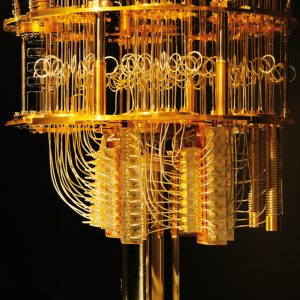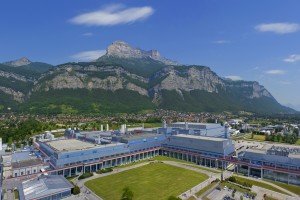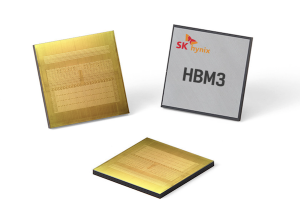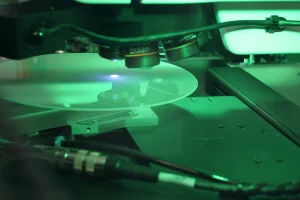
Led by Lawrence Berkeley National Laboratory (Berkeley Lab) and Sandia National Laboratories, the alliance includes the University of Maryland, Duke University, Harvard University, the University of Colorado Boulder, UC Berkeley, Caltech, MIT Lincoln Laboratory, MIT, and the University of New Mexico.
“We are at the threshold of significant advances in quantum information science. To break new ground, The Quantum Information Edge will accelerate quantum R&D by simultaneously pursuing solutions across a broad range of science and technology areas, and integrating these efforts to build working quantum computing systems that benefit the nation and science,” says Irfan Siddiqi, director of Berkeley Lab’s Advanced Quantum Testbed.
“The Quantum Information Edge will amplify the return-on-investment of quantum research within the U.S. by accelerating progress toward achieving practical quantum computing systems,” says Scott Collis, director of Computing Research at Sandia.
The alliance will use several hardware approaches, including superconducting, trapped ion, and trapped atom quantum bits (or qubits).
The alliance will explore how to suppress noise and errors in multi-qubit quantum processors, which severely degrade system performance, develop new computing algorithms to control qubits, and engineer new techniques to fabricate, control, and interconnect qubits.
“The quantum processors developed by The Quantum Information Edge will explore the mysterious properties of complex quantum systems in ways never before possible, opening unprecedented opportunities for scientific discovery while also posing new challenges. Our world-class theory team, working closely with the hardware builders, will exploit this powerful technology to advance the frontiers of the physical and computational sciences,” sayscJohn Preskill, the Richard P. Feynman Professor of Theoretical Physics at the California Institute of Technology.
“We will continually build and use full quantum systems, not just the components, to forge new scientific opportunities in information processing that are not possible in conventional research programs,” saysc Christopher Monroe, Distinguished Professor of Physics at the University of Maryland.
“By developing and applying programmable quantum information systems, we hope to define a new frontier at the cutting edge of science and engineering. These efforts have a great potential for scientific discoveries and for identifying the first useful applications of quantum machines,” says Mikhail Lukin, the George Vasmer Leverett Professor of Physics at Harvard and a co-Director of Harvard Quantum Initiative.
“The broad scope of quantum information science and technology demands responses from a diverse set of research groups who will coordinate their scientific visions and technologies to identify and solve practical problems, bring unforeseen benefits, and uncover scientific secrets,” says Jun Ye, a professor at the University of Colorado Boulder.
 Electronics Weekly Electronics Design & Components Tech News
Electronics Weekly Electronics Design & Components Tech News



